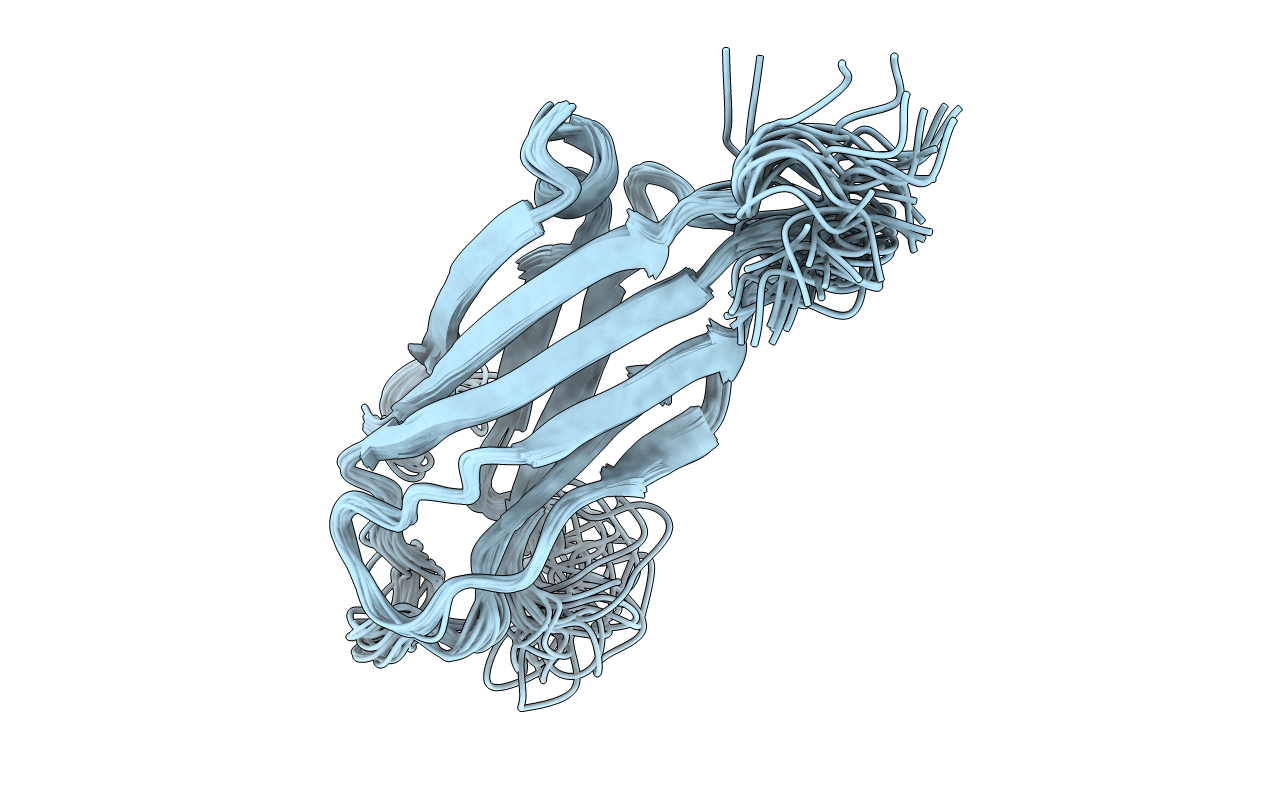
Deposition Date
2020-11-19
Release Date
2021-01-27
Last Version Date
2024-05-01
Entry Detail
PDB ID:
7KRB
Keywords:
Title:
Solution Structure of the Dysferlin C2A Domain in its Calcium-bound State
Biological Source:
Source Organism:
Homo sapiens (Taxon ID: 9606)
Host Organism:
Method Details:
Experimental Method:
Conformers Calculated:
100
Conformers Submitted:
20
Selection Criteria:
structures with the lowest energy


